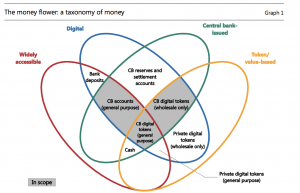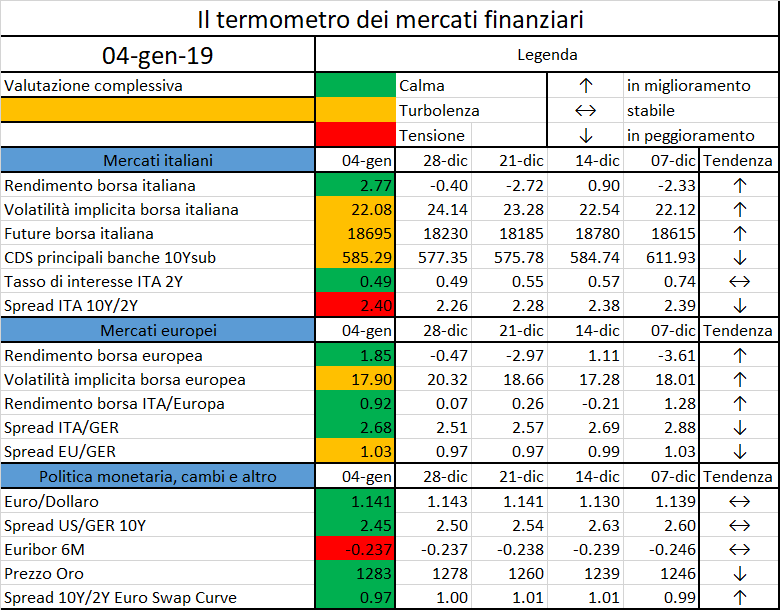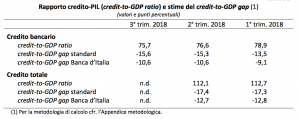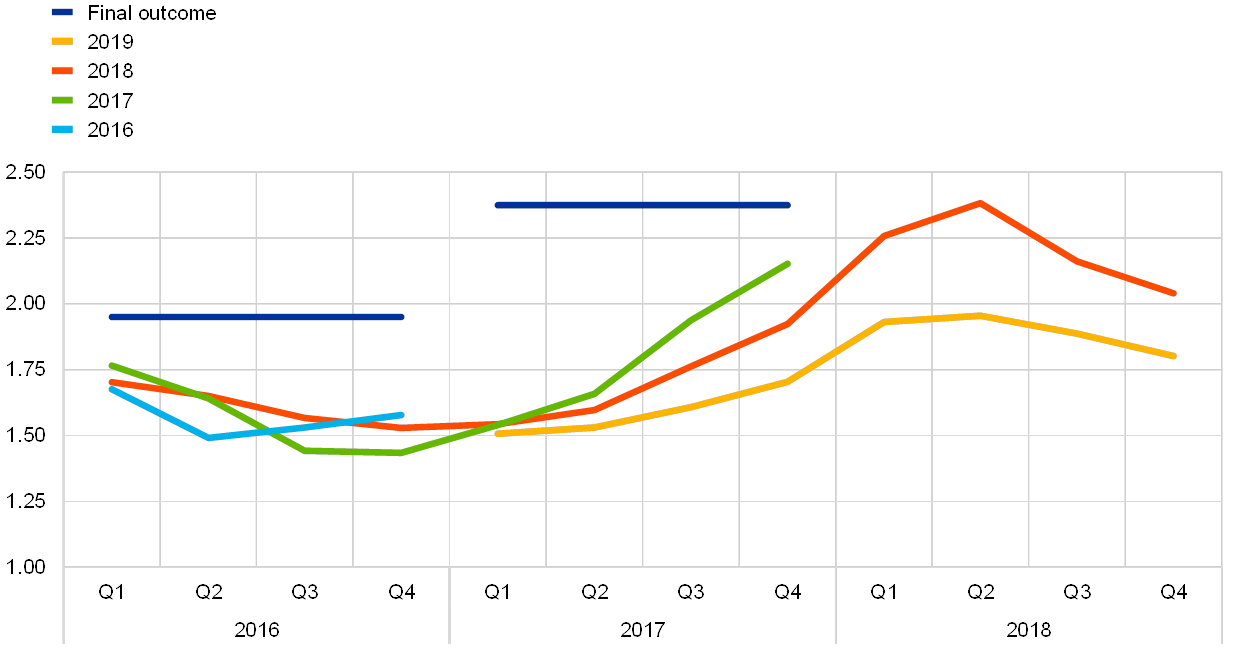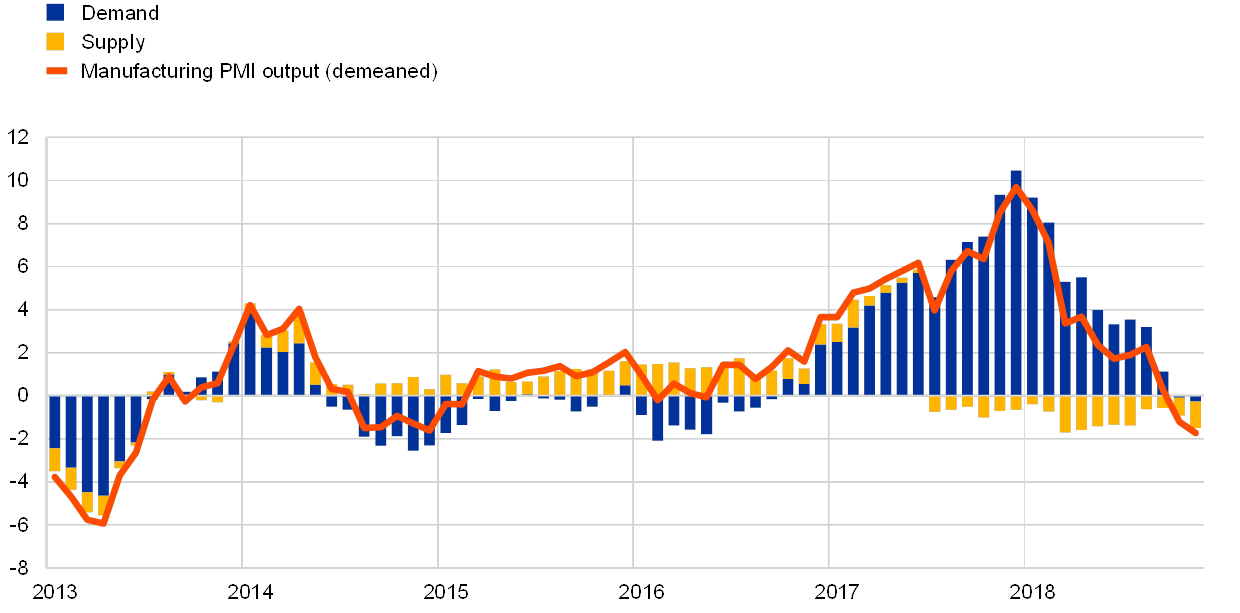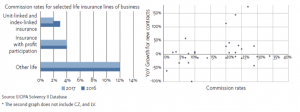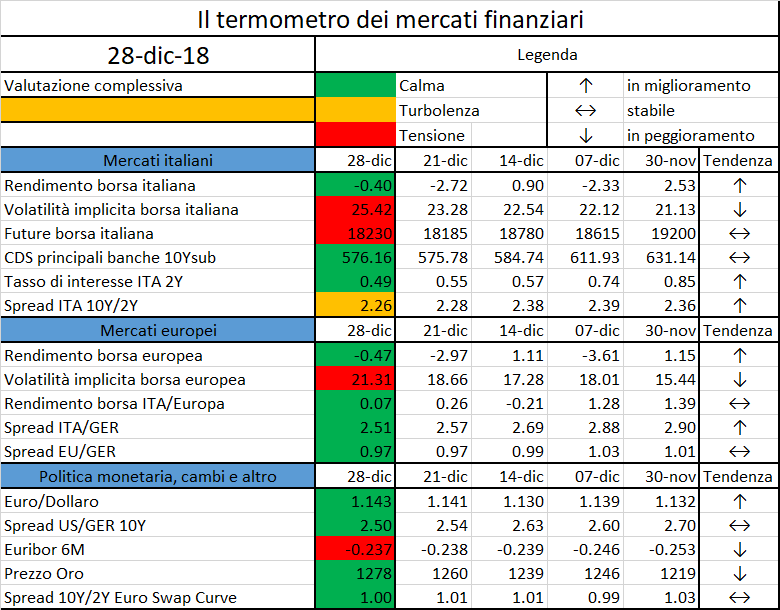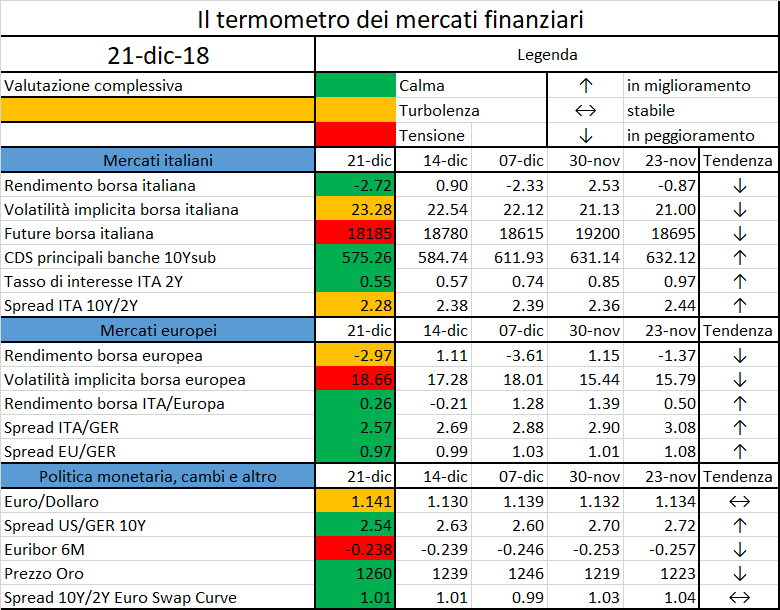The ECB published a report assessing monetary policy operations during the fifth and sixth reserve maintenance periods of 2018, which ran from 1 August to 18 September 2018 and from 19 September to 30 October 2018 respectively.
Throughout this period the interest rates on the main refinancing operations (MROs), the marginal lending facility and the deposit facility remained unchanged at 0.00%, 0.25% and −0.40% respectively. In parallel, the Eurosystem continued to purchase public sector securities, covered bonds, asset-backed securities and corporate sector securities as part of its asset purchase programme (APP), with a target of €30 billion of purchases on average per month until the end of September and €15 billion as of October.
Liquidity needs
In the period under review, the average daily liquidity needs of the banking system, defined as the sum of net autonomous factors and reserve requirements, stood at €1,459.8 billion, an increase of €32.3 billion compared with the previous review period (i.e. the third and fourth maintenance periods of 2018). This rise in liquidity needs was largely the result of an increase in net autonomous factors, which grew on average by €29.8 billion to €1,333.1 billion during the review period, while minimum reserve requirements increased on average by €2.5 billion to €126.7 billion.
The growth in net autonomous factors was mainly due to an increase in liquidity-absorbing factors, partially offset by an increase in liquidity-providing factors. Among liquidity-absorbing factors, government deposits and banknotes in circulation accounted for the most significant changes, rising on average by €20 billion to €259.4 billion and by €16.6 billion to €1,193.1 billion respectively. These increases were partially offset by increases in the liquidity-providing factors, in particular net assets denominated in euro, which rose on average by €8.9 billion to €200.1 billion. Eurosystem liabilities to non‑euro area residents in euro decreased on average by €9.5 billion, reflecting a less pronounced seasonal pattern than during the previous review period and thus contributing positively to the (liquidity-providing) average net assets denominated in euro.
The day-to-day volatility of autonomous factors remained broadly unchanged from the previous review period. The daily fluctuations of autonomous factors came primarily from government deposits and net assets denominated in euro, with higher volatility being observed around the September 2018 quarter-end and other month-end dates during the period under review.
Liquidity provided through monetary policy instruments
The average amount of liquidity provided through open market operations – including both tender operations and APP purchases – increased by €53 billion to €3,344.1 billion (see Chart A). This increase was fully attributable to net APP purchases, while demand for tender operations decreased slightly.
The average amount of liquidity provided through tender operations declined slightly over the review period, by €14 billion to €739.1 billion. This decrease was entirely due to a lower average outstanding amount of targeted longer-term refinancing operations (TLTROs), which decreased by €14.1 billion. The decline in outstanding TLTRO funds was largely related to the maturing of the TLTRO‑I operations and voluntary repayments of the first and second TLTRO‑II operations in September 2018, which amounted to a total of €12.6 billion. The average liquidity provided through MROs increased by €2.9 billion to €4.8 billion, which was almost fully offset by a decline in liquidity provided through three‑month longer‑term refinancing operations (LTROs), which fell on average by €2.8 billion to €4.6 billion.
Liquidity provided through the Eurosystem’s monetary policy portfolios increased by €67 billion to €2,604.9 billion on average, on the back of ongoing net APP purchases. Liquidity provided by the public sector purchase programme, the third covered bond purchase programme and the corporate sector purchase programme rose on average by €63.6 billion, €3.8 billion and €9.5 billion respectively. However, the asset-backed securities purchase programme marginally declined on average by €0.2 billion on account of net redemptions of security holdings. Redemptions of bonds held under the Securities Markets Programme and the previous two covered bond purchase programmes totalled €9.7 billion.
Excess liquidity
As a consequence of the developments detailed above, average excess liquidity increased slightly compared with the previous review period, rising by €20.8 billion to €1,884.3 billion (see Chart A). This increase reflects the liquidity provided through the APP purchases, which was only partially absorbed by higher net autonomous factors, mainly in the sixth maintenance period. In fact, while excess liquidity grew by €59.4 billion in the fifth maintenance period, it declined again by €19 billion in the sixth maintenance period. This reversal was partly driven by the developments in net autonomous factors, which fell by €33.5 billion before rising again by €43.9 billion during the fifth and sixth maintenance periods, respectively. Regarding the allocation of excess liquidity holdings between current accounts and the deposit facility, average current account holdings grew by €26.2 billion to €1,358 billion, while average recourse to the deposit facility marginally declined by €2.9 billion to €653 billion.
Interest rate developments
Overnight unsecured and secured money market rates remained close to the ECB deposit facility rate, or slightly below it for specific collateral baskets in the secured money market segment. In the unsecured market, the euro overnight index average (EONIA) averaged −0.363%, unchanged from the previous review period. The EONIA fluctuated between a low of −0.371% observed on 12 September and on 17 October and a high of −0.342% on the last day of August 2018. Regarding the secured market, the spread between the average overnight repo rates for the standard and the extended collateral baskets in the general collateral (GC) pooling marketnarrowed substantially in an environment of low trading volumes. Compared to the previous period, the average overnight repo rate for the standard collateral basket increased by 22 basis points to −0.419%, while for the extended collateral basket it declined by 10 basis points to −0.404%.
The September quarter-end decline in repo rates for collateral from most euro area countries was slightly more visible than at the March and June quarter-ends, but was still relatively moderate compared to the 2017 quarter-ends. While, at the end of June, overnight GC repo rates declined by only 2 basis points for French collateral and by only 5 basis points for German collateral, at the end of September the same repo rates decreased by 11 basis points and 15 basis points, respectively, to −0.61% and −0.65%. On the other hand, the GC repo rate for Italian collateral increased by 6 basis points to −0.33% at the end of September, which compares with a 3 basis points rise at the end of June. Repo rates for all euro area countries returned to previous levels immediately after the quarter-end. All in all, the Eurosystem public sector purchase programme securities lending facility continued to support the smooth functioning of repo markets.
Liquidity conditions and monetary policy operations in the period from 1 August to 30 October 2018 (HTML)


